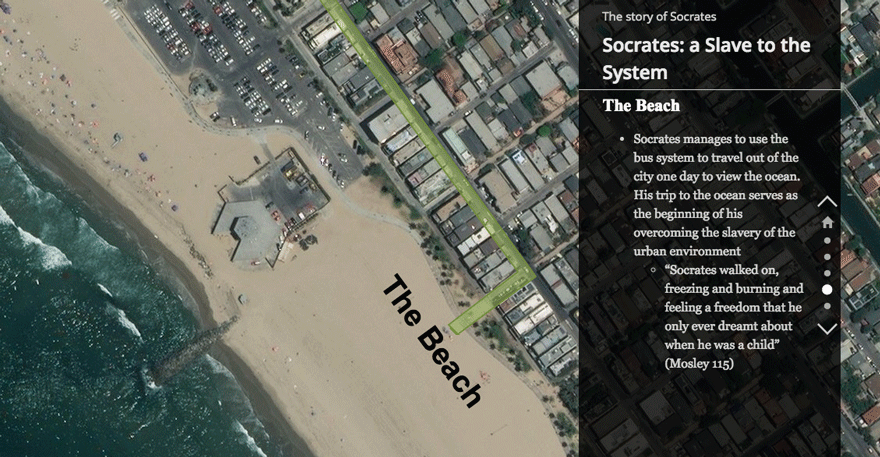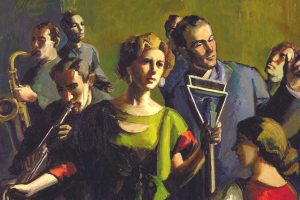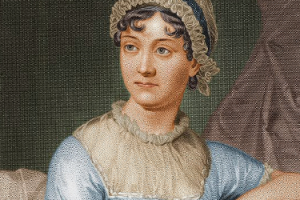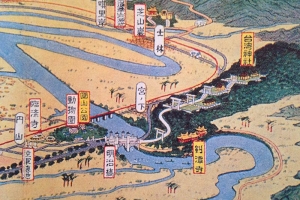Project Description
This project was to create a digital assignment design to be used in a course entitled Literature and Urban Ecologies, although the pedagogical approach can be used more broadly in the teaching of literature. The approach has been used with a number of students in succeeding years.
Students often experience literature as a abstract mental exercise, engaging ideas or expressing an inner world rather than grappling with the physical or material world. However, poetry and fiction are written in and about specific natural and built environments. Literary works live in a world of cities, goods, landscapes, animals, distances, climates, and historical change. This digital assignment design seeks to use mapping techniques to allow students both to examine a set of places relevant to a literary work and to communicate what they have learned in a way that engages and educates an online audience. Through this activity, students learn about the relationship between literature and its spatial and cultural context – about how literature is informed by and engages physical environments and social worlds.

The assignment involves students exploring a work of literature as it relates to the geography and landscape of its setting, using the medium of an ArcGIS Storymap to trace the progress of the narrative with maps, photographs and quotations.
In the words of professor Trull,
“Humanities disciplines are sometimes hobbled in their approach to data by a traditional opposition between the study of words and the measurement of things, an opposition evident in the medieval division of the liberal arts into the quadrivium (astronomy, music, geometry, and mathematics) and the trivium (grammar, logic, and rhetoric). Digital Humanities seeks to progress beyond that opposition. After all, Humanities disciplines were honed in the service of asking good questions, analyzing evidence of many kinds, and subjecting to critical inquiry attempts to prove complex hypotheses. As such, Humanities disciplines make an obvious match for investigations into digital data; our training as Humanities scholars in creating and assessing important questions and analyzing various kinds of proof should enable us to tackle the sheer messiness of the digital data avalanche. This project trains students to apply questions informed by literary criticism to geographical and other data, to analyze the results, and to communicate them effectively using digital tools. In all three steps, students will merge skills and modes of inquiry native to Humanities disciplines (including analysis of narrative and imagery, historical contextualizing, and persuasive writing) with digital research and tools.”




